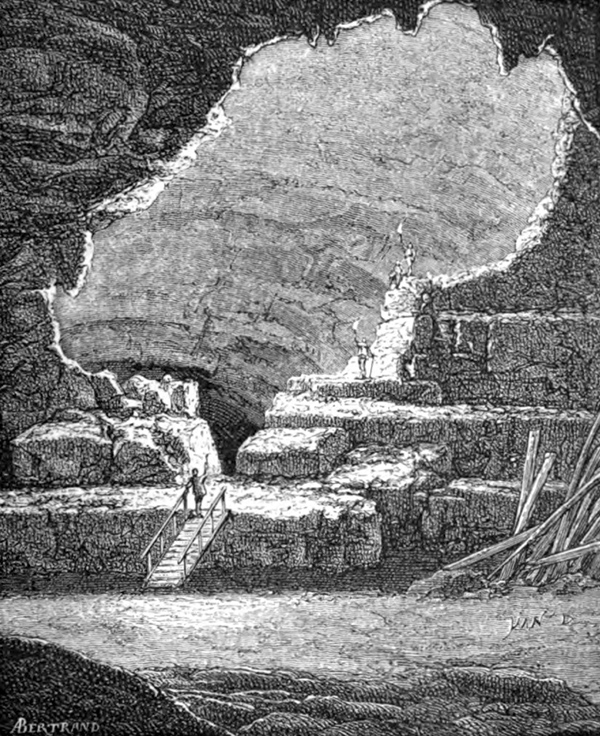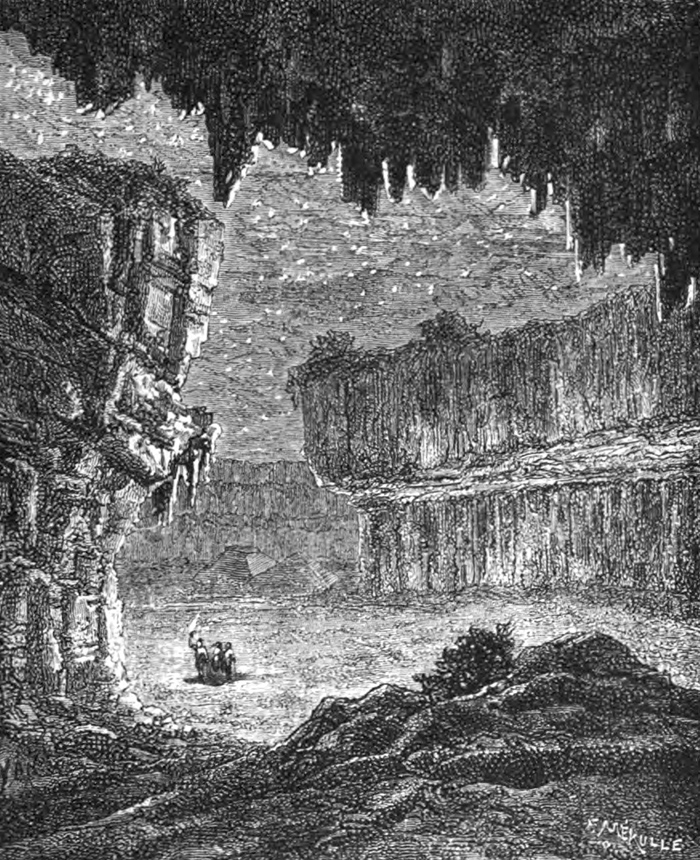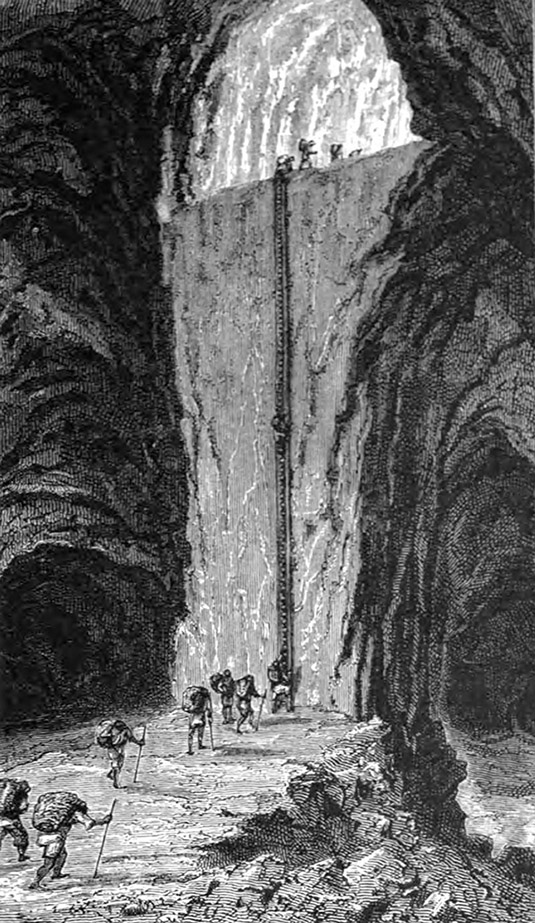I’ve been thinking about two art installations lately—one from the 1980s, the other from 2008—that remain interesting beyond their admittedly obvious metaphoric value.
The first is the aptly named Samson by Chris Burden, an installation piece from 1985.
 [Image: An installation view of Samson (1985) by Chris Burden, courtesy Zwirner & Worth].
[Image: An installation view of Samson (1985) by Chris Burden, courtesy Zwirner & Worth].
Samson was “a museum installation consisting of a 100-ton jack connected to a gear box and a turnstile. The 100-ton jack pushes two large timbers against the bearing walls of the museum. Each visitor to the museum must pass through the turnstile in order to see the exhibition. Each input on the turnstile ever so slightly expands the jack, and ultimately if enough people visit the exhibition, Samson could theoretically destroy the building.”
The idea that attendees might not know this—that they could continue to visit the gallery unaware of the purpose or function of this massive device sitting there in the middle of the room, disastrously expanding millimeter by millimeter with every click of the turnstile—haunted me for days after first studying this back in college. Perhaps the artist gets drunk on the night of the opening and doesn’t fully explain what the piece does, or perhaps far more people show up than anyone had expected, the wall-text is obscured by human bodies, and the outward pressure of the machine relentlessly builds. And builds.
The end is built into the very working of the machinery, even while the moment of its long-promised collapse remains impossible to anticipate.
The other is the technically and aesthetically fascinating slow-motion car crash of Jonathan Schipper’s “Slow Inevitable Death of American Muscle.”
The “sculpture is a machine that advances two full sized automobiles slowly into one another over a period of 6 days, simulating a head on automobile collision. Each car moves about three feet into the other. The movement is so slow as to be invisible.”
The tectonic effects of the ensuing collision are incredible to watch; this would be hugely useful, it seems, in a geology lab, for demonstrating the movement of faults. Slow it down even more—not days, but weeks, months—and you could watch whole mountain ranges, basins, folds, and troughs form in stressed and crumpling landscapes of different materials over the course of an entire semester.
Two forces, oppositely oriented, appear at first glance to be still, their mutual ruination—gorgeous, unstoppable—already underway.

 [Image: Descending into Mammoth Cave, from
[Image: Descending into Mammoth Cave, from  [Image: A room in Mammoth Cave known as “The Maelstrom,” from
[Image: A room in Mammoth Cave known as “The Maelstrom,” from  [Image: A vast underground room filled with “a silent, terrible solitude,” from
[Image: A vast underground room filled with “a silent, terrible solitude,” from  [Image: An unfortunately rather low-res image from
[Image: An unfortunately rather low-res image from